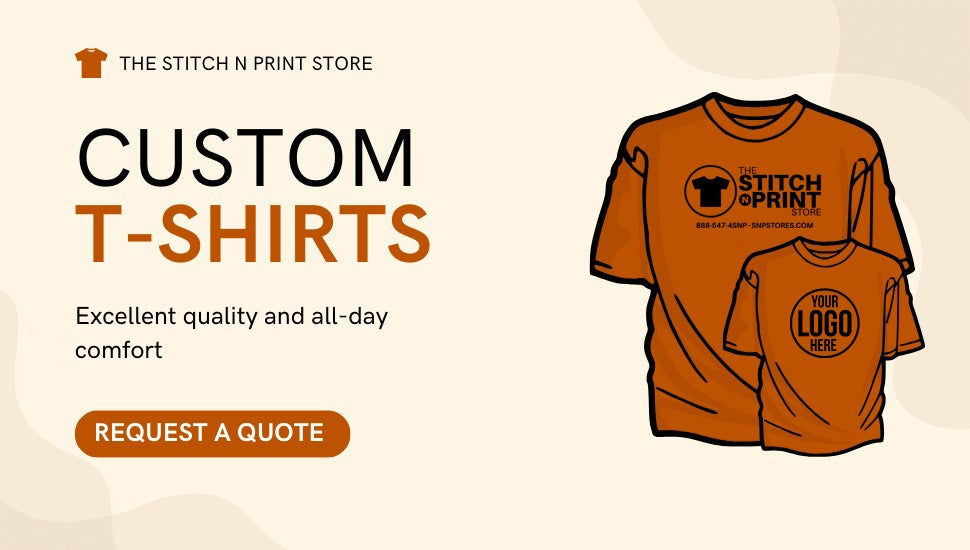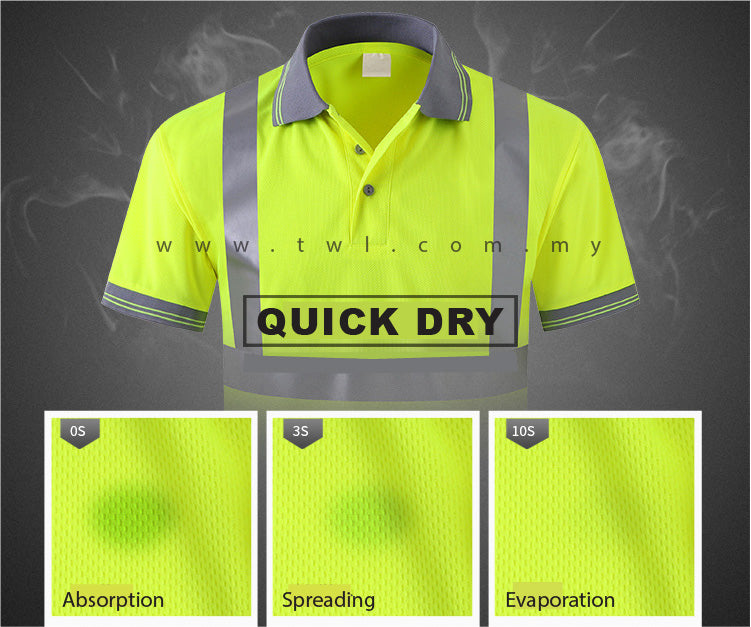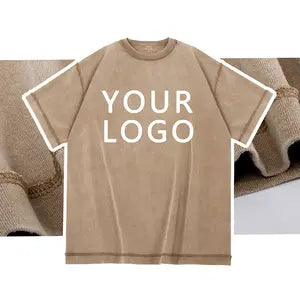Designing a custom t-shirt is not only an art form but also a personal expression of creativity and individuality. Whether you're looking to commemorate a special occasion, promote your brand, or simply create something unique for yourself, the process of designing your own t-shirt can be both enjoyable and fulfilling. This comprehensive guide will take you through each step involved in creating the perfect custom t-shirt, from defining your vision to launching your design into the world. Through this exploration, you'll learn to harness your creative instincts while effectively communicating your message or brand through fashion.
Define Your Vision: What's Your T-Shirt's Story?

Understanding the purpose behind your custom t-shirt is essential to crafting a memorable design. Before diving into visuals, take a moment to reflect on what makes your shirt meaningful.
Identifying the Purpose of Your Shirt
Every great project starts with a clear purpose. Ask yourself: what inspired you to create this t-shirt? Are you celebrating a milestone birthday or promoting a local event? Perhaps your goal is to express solidarity for a cause or to showcase your artistic flair. By defining the purpose of your shirt, you can establish a foundation upon which to build your design.
For example, if you're designing a shirt to raise awareness for environmental issues, your focus will likely include elements that promote sustainability. Meanwhile, a shirt intended for a family reunion might feature a more personal touch, such as family names or dates that hold significance. Understanding these nuances will shape the entire design process.
Knowing Your Audience
Once you've clarified the purpose of your t-shirt, identify who it’s intended for. Is it meant for a specific group of friends, a wider community, or potential customers? Consider their preferences, interests, age demographics, and cultural backgrounds. This understanding will guide your design choices, ensuring your shirt resonates well with its intended audience.
For instance, if your target audience consists of teenagers, you might want to go for bold designs and vibrant colors. In contrast, an older demographic may appreciate more classic styles and understated aesthetics. Tailoring your approach ensures your custom t-shirt speaks directly to those you wish to engage.
Crafting Your Message
With a defined purpose and target audience comes the need for a clear message. What do you want your t-shirt to convey? The answer to this question could range from humor and wit to pride and activism. A thoughtful message reinforces the t-shirt's relevance and helps forge a connection with its wearer and onlookers.
To illustrate, if your t-shirt emphasizes a fitness journey, consider incorporating motivational quotes or imagery that inspires healthy living. Alternatively, a snarky joke could speak volumes to an audience looking to wear something light-hearted. Whatever your message, ensure that it's coherent and aligns with both the purpose and audience you've established.
Choose Your Canvas: Fabric, Fit, and Style
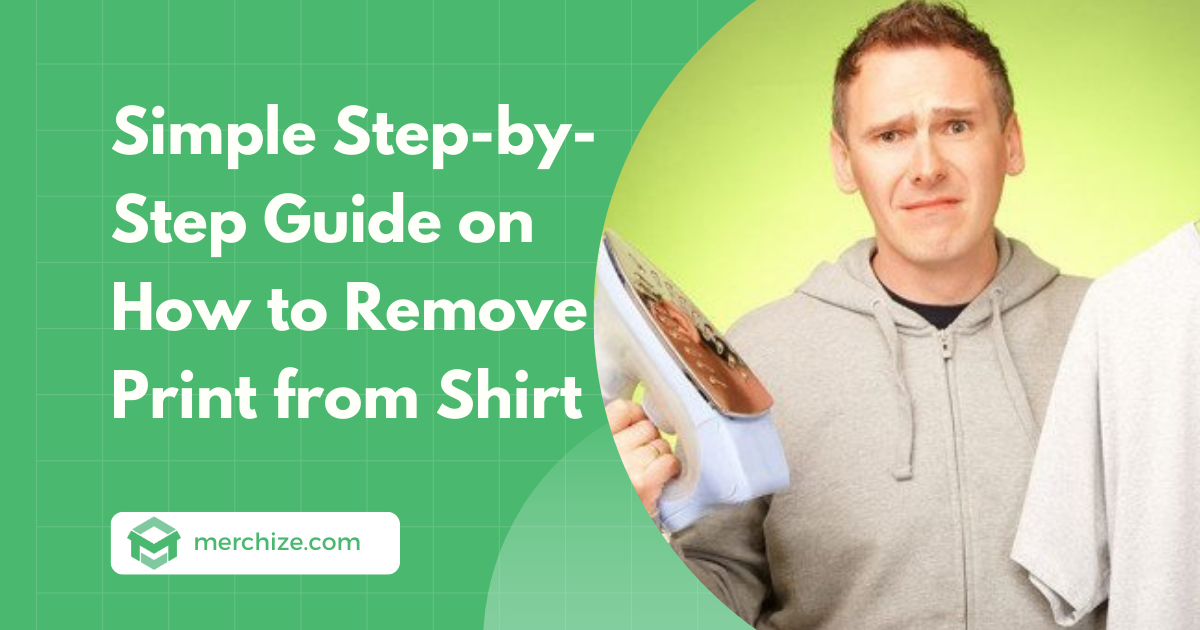
The fabric, fit, and style of your t-shirt are crucial factors that influence comfort, durability, and aesthetic appeal. Choosing the right canvas sets the stage for your design to shine.
Exploring Fabric Options
When selecting fabric for your custom t-shirt, consider the various materials available and their respective characteristics. Cotton and cotton blends are popular options due to their softness and breathability. However, other materials like polyester or tri-blends offer distinct advantages, such as moisture-wicking properties and enhanced durability.
Cotton is ideal for casual wear, while synthetic fabrics may serve better for athletic apparel. Additionally, consider the weight of the fabric—lightweight materials are fantastic for summer, while heavier weights work well in cooler climates. Always prioritize comfort and functionality based on your target audience's needs.
Finding the Right Fit
The fit of your t-shirt can make or break its appeal. Be mindful of the different styles available, such as fitted, relaxed, or oversized cuts. Each has its own unique vibe and can communicate different messages.
For example, fitted t-shirts might resonate with a younger, trend-conscious audience, while a relaxed fit can evoke comfort and casualness. Additionally, consider offering a variety of sizes to cater to diverse body types, ensuring inclusivity within your customer base.
Choosing a Style That Speaks
T-shirt styles can span countless variations, including crew necks, v-necks, tank tops, and long sleeves. The style you select should align with your target audience's preferences while complementing your design.
If your design features intricate artwork, a crew neck may provide a larger canvas to display details. Alternatively, v-neck shirts can add an element of sophistication. Take time to explore and visualize how different styles can enhance your overall design concept.
Unleash Your Creativity: Design Elements and Inspiration

With a clear vision in place, it's time to let your creativity flow and begin brainstorming ideas for your custom t-shirt design.
Gathering Inspiration
Inspiration can come from various sources, whether it’s nature, art, music, or even street culture. Look at existing t-shirt designs, signage, and branding to gather ideas. While you shouldn't copy others, analyzing successful designs can spark new concepts.
Consider visiting local shops to see popular trends and styles. Platforms like Pinterest and Instagram are treasure troves of visual inspiration, allowing you to collect images and ideas that resonate with your vision.
Brainstorming Keywords and Concepts
Start by jotting down keywords related to your purpose, audience, and message. This exercise serves as a springboard for generating ideas. Use these keywords to brainstorm visual elements such as symbols, typography, and graphics that can represent your message.
For instance, if your t-shirt celebrates compassion and kindness, you might explore heart motifs or uplifting phrases. This type of focused brainstorming will help clarify the direction of your design.
Sketching Initial Ideas
Once you have a clearer idea of your design elements, translate your thoughts onto paper. Sketching, whether using traditional tools or digital drawing software, provides a tangible way to visualize your concepts.
Start with rough drafts, experimenting with layouts, fonts, and graphic components. Don’t hesitate to iterate; often, ideas evolve significantly during this stage. The aim is to capture your vision and narrow down which elements work best together.
Color Palette and Typography: Finding the Perfect Harmony

Color and typography play a pivotal role in enhancing the emotional impact of your custom t-shirt design. Choosing the right combinations adds depth and character to your creation.
Understanding Color Psychology
Colors evoke emotions and convey messages, making them powerful tools in design. Research color psychology to understand how different hues can affect perceptions. For instance, blue often represents trust and calmness, while red conveys energy and passion.
Select colors that align with your message and resonate with your target audience. A cheerful yellow may be suitable for a summer festival shirt, while earthy tones would suit an environmentally-focused campaign.
Creating a Cohesive Color Palette
When developing your color palette, aim for harmony and balance. Limit your selections to a few complementary shades to maintain visual clarity and avoid overwhelming the viewer.
Using color wheel principles can help you find harmonious pairings. Analogous colors (those that sit next to each other on the wheel) can create a soothing look, while contrasting colors can draw attention to key elements of your design.
Selecting Fonts That Fit Your Brand
Typography is just as vital as color when it comes to effective design. The right font not only carries your message but also sets the tone for your t-shirt. Consider the personality you want to convey—serif fonts exude tradition, while sans-serif fonts offer modernity.
Additionally, pay close attention to readability. Ensure your font choice is legible from a distance, especially in smaller text. Combining multiple typefaces can create visual interest, but exercise caution to avoid an overly cluttered appearance.
From Sketch to Screen: Digital Design Tools and Techniques
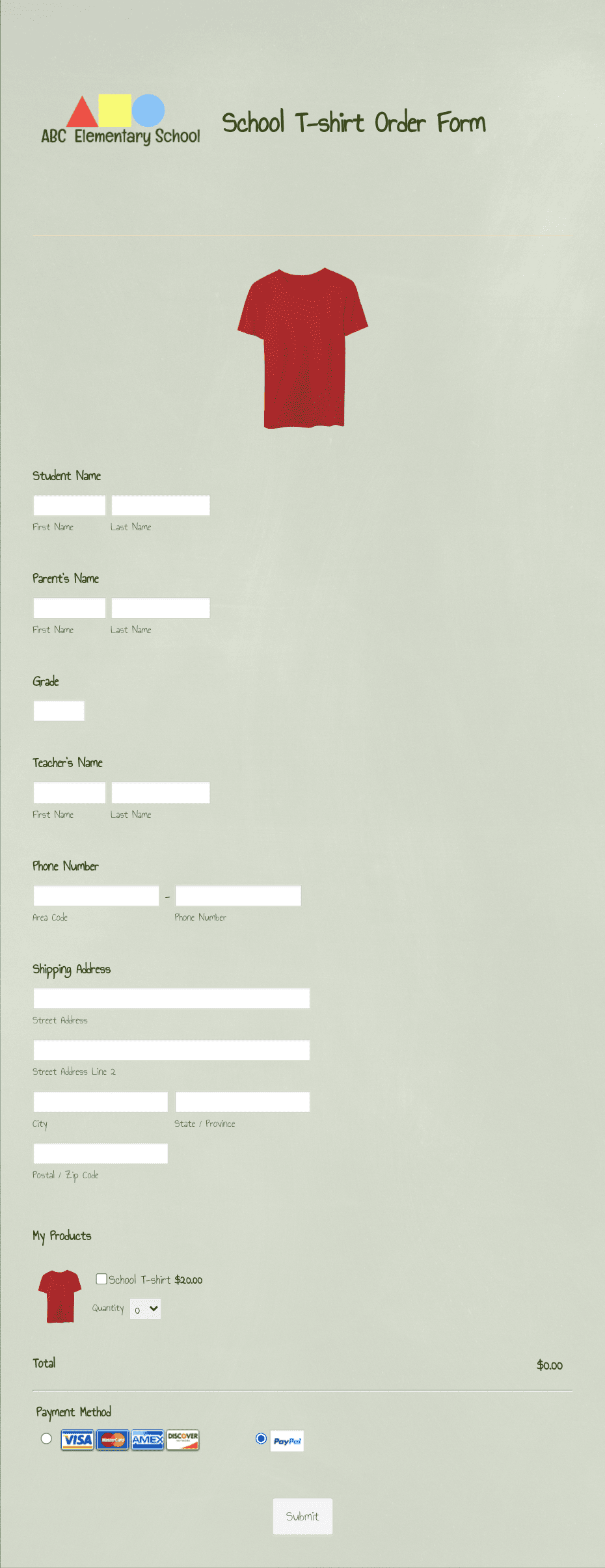
Transitioning your sketches into digital designs allows for precise adjustments and professional-quality output. With numerous design resources available, selecting the right tools will streamline this process.
Choosing Design Software
There are many software options available for digital design, ranging from beginner-friendly platforms to professional-grade applications. Programs like Adobe Illustrator and Photoshop are industry standards, offering advanced features for graphic manipulation.
Alternatively, user-friendly tools such as Canva or Placeit cater to those with limited design experience, providing templates and design elements that simplify the process. Assess your skill level and choose a platform that meets your needs without overwhelming you.
Scanning and Digitizing Your Designs
If you started with hand-drawn sketches, digitize your artwork by scanning it into your chosen design software. Once imported, utilize vectorization techniques to create clean lines and scalable graphics. This is especially important for maintaining quality during printing.
Consider refining your designs further by experimenting with layer adjustments, adding effects, and integrating your selected color palette. Each adjustment enhances your design, bringing it one step closer to reality.
Finalizing Your Digital Layout
As you refine your design, focus on composition—how elements interact within the design space. Arrange graphics, text, and imagery in a way that draws the eye naturally. Utilize negative space effectively to create breathing room and improve overall readability.
Review your design from different perspectives to assess its effectiveness. A fresh set of eyes can help spot any areas for improvement. Once satisfied, save your file in the appropriate format for printing to ensure compatibility with your chosen supplier.
Printing Power: Choosing the Right Method for Your T-Shirt

Selecting a printing method can significantly influence the quality and longevity of your custom t-shirt. Different methods offer varying levels of detail, affordability, and durability.
Common Printing Techniques
Familiarize yourself with common printing methods to determine which is most suitable for your design and budget:
- Screen Printing: Ideal for bulk orders, screen printing involves creating stencils and applying ink through screens. It yields vibrant colors and impressive durability but is less cost-effective for small runs due to setup costs.
- Direct-to-Garment (DTG): This technique uses specialized inkjet technology to print directly onto fabric. DTG is excellent for detailed designs and smaller quantities, though it may be less durable than screen printing.
- Heat Transfer Printing: Using heat to transfer designs from vinyl or paper onto fabric, this method is versatile and relatively inexpensive. However, designs may not withstand repeated washes as well as other methods.
- Sublimation Printing: Best suited for polyester fabrics, sublimation allows designs to become part of the material. This results in stunning visuals with exceptional durability, though the method requires specific fabric types.
Assessing Quality and Cost
Determine your budget before deciding on a printing method. While some techniques may seem more expensive upfront, consider the long-term value regarding quality and durability. High-quality prints may require a higher initial investment, but they can lead to greater customer satisfaction and less frequent reorders.
Additionally, inquire about minimum order requirements for each method to ensure you can fulfill your desired quantity efficiently. Striking a balance between quality and cost will ultimately yield the best results.
Working with Your Chosen Supplier
After deciding on the printing method, communicate your design specifications clearly to your chosen supplier. Provide high-resolution artwork files, specify colors and fabric types, and communicate any relevant details about fit and sizing. Be sure to ask any questions to clarify potential misunderstandings.
Before placing a large order, request a sample print to evaluate the quality and accuracy of your design. This step allows you to make necessary adjustments before committing to a full run, ensuring the final product meets your expectations.
Quality Control: Ensuring a Flawless Finish

Quality control is paramount when producing custom t-shirts, as it reflects your brand's reputation and commitment to excellence. Implementing thorough checks during production minimizes errors and maximizes satisfaction.
Inspecting Your Samples
Once you receive your sample t-shirt, inspect it closely. Evaluate print clarity, color accuracy, and overall feel. Check for any signs of imperfection—misspellings, misalignments, or fading—before moving forward with a larger production.
Engaging in this quality check protects your investment and ensures you present your best work to your audience. If discrepancies arise, communicate immediately with your supplier to address any concerns and request adjustments.
Collecting Feedback from Test Groups
If possible, share samples with trusted friends or individuals within your target audience. Gather feedback to gain insights into comfort, style, and overall impressions. Their comments can inform any last-minute design tweaks or adjustments.
Additionally, consider conducting surveys or informal discussions to get a broader understanding of perceptions and preferences. Engaging your audience at this stage fosters a sense of connection and boosts excitement around your custom t-shirt.
Setting Up a Quality Assurance Process
As you scale your production, establishing a quality assurance protocol becomes essential. Document clear guidelines for evaluating quality at each stage of the production process. This may include checking fabric consistency, inspecting prints before shipment, and tracking customer feedback post-purchase.
Regular audits of your supplier's practices can also reinforce accountability and ensure they meet your quality standards over time. Building a reliable system safeguards your brand's integrity and strengthens your relationship with your audience.
Marketing and Promotion: Sharing Your Custom Creation

Now that you've invested time and effort in designing and producing your custom t-shirt, it's time to effectively market your creation to reach your target audience.
Leveraging Social Media Platforms
Social media platforms are invaluable tools for sharing your custom t-shirt designs. Create visually appealing content that showcases your shirts in action—consider posting lifestyle photos featuring models wearing your designs or crafted flat lays that highlight the details.
Utilize hashtags strategically to increase visibility among users interested in custom apparel or niche markets. Engage with followers by responding to comments, hosting contests, or offering exclusive promotions. Building a community around your brand fosters loyal customers and amplifies your reach.
Launching an Online Store
Setting up an online store is an excellent way to showcase and sell your custom t-shirts. Platforms like Shopify, Etsy, and WooCommerce provide user-friendly interfaces for creating an online presence without requiring extensive technical expertise.
Invest in professional product photography to ensure your listings are visually appealing. Provide detailed product descriptions, including information about the fabric, fit, and care instructions. Offering customization options, such as color variations or personalized names, may also attract additional interest.
Offline Marketing Strategies
Explore offline marketing opportunities as well, such as participating in local events, craft fairs, or pop-up shops. Having a physical presence allows potential customers to see and feel the quality of your products firsthand, building trust and rapport.
Collaborate with local influencers or organizations that align with your values to reach a wider audience. Hosting workshops or events related to your t-shirt theme can create unique engagement experiences while promoting your designs.
Wear It with Pride: Styling Tips and Outfit Inspiration
:max_bytes(150000):strip_icc()/elopement-outfit-inspiration-lace-and-luce-1218-00a78ada00fc4d9b9a75391aff5d8502.jpg)
Now that your custom t-shirt is ready for the world, consider how to style it for maximum impact. Styling tips can elevate your design and inspire others to embrace your creation.
Versatility in Wardrobe Choices
Custom t-shirts can be incredibly versatile pieces that transition easily from casual to semi-formal events. Pair your shirt with jeans, shorts, or skirts for a laid-back look, or dress it up with tailored pants or blazers for a more polished ensemble.
Encourage your audience to explore various styling options that showcase their personal flair. Featuring diverse models in various outfits can broaden appeal and inspire creativity among different body types and fashion sensibilities.
Accessorizing with Intention
Accessories play a significant role in enhancing and personalizing any outfit. Encourage wearers to play with statement jewelry, hats, bags, or shoes that complement your custom t-shirt design. No matter the style, accessories allow individuals to express their personalities further and give your t-shirt context.
For instance, pairing a fun graphic tee with a stylish bomber jacket and sneakers creates a youthful streetwear look. In contrast, combining a minimalist design with elegant jewelry and tailored trousers elevates the shirt to a sophisticated attire for a night out.
Inspiring Community Engagement
Encourage your customers to share their styled looks on social media, tagging your brand in their posts. Creating a sense of community around your custom t-shirt fosters deeper connections while showcasing real-life examples of your design in action.
Host styling challenges, encouraging fans to post pictures for a chance to win exclusive merchandise or discounts. User-generated content enriches your marketing efforts and demonstrates the diversity of your audience and the ways they interpret your designs.
Beyond the Basics: Advanced Customization Techniques

Once you're comfortable with designing and producing custom t-shirts, consider pushing the boundaries and exploring advanced customization techniques to stand out in a saturated market.
Incorporating Unique Printing Techniques
Experiment with innovative printing methods like puff ink, glow-in-the-dark ink, or metallic foil accents to add dimension to your designs. These techniques can create striking visuals that catch the eye and differentiate your t-shirts from others on the market.
Additionally, consider using specialty inks or fabrics that promote eco-friendliness. Sustainable practices resonate with conscious consumers and can enhance your brand image as a responsible entity in the fashion industry.
Layering Graphics and Textures
Layering graphics and textures can add complexity and depth to your designs. Explore mixing faux embroidery with printed graphics or combining various fabric types, such as mesh overlays or appliqué accents, to experiment with tactile elements.
While layering requires careful planning to maintain balance, it can elevate your t-shirt into a true work of art. Find inspiration in high-end fashion or streetwear brands that employ similar techniques when crafting their collections.
Personalization and Custom Orders
Offering personalization options opens up opportunities to attract new customers seeking unique items. Allow buyers to add their names, dates, or custom graphics to the design, enhancing their connection to the garment.
Personalized shirts work particularly well for events like weddings, reunions, or team-building activities. Promote these offerings on your online store and share testimonials from happy customers who appreciate receiving custom designs tailored specifically for them.
Conclusion
Designing the perfect custom t-shirt is a multifaceted journey that combines creativity, strategy, and a keen understanding of your audience. By following this comprehensive step-by-step guide, you’ve learned how to define your vision, select the right materials, unleash your creativity, and effectively market your design. The world of custom t-shirts offers endless possibilities, so don't hesitate to experiment and push the boundaries of your creativity. As you embark on this exciting endeavor, remember that the ultimate goal is to create something unique that resonates with both you and those who wear it. Embrace the process, stay true to your vision, and enjoy the rewarding experience of bringing your custom t-shirt to life!



